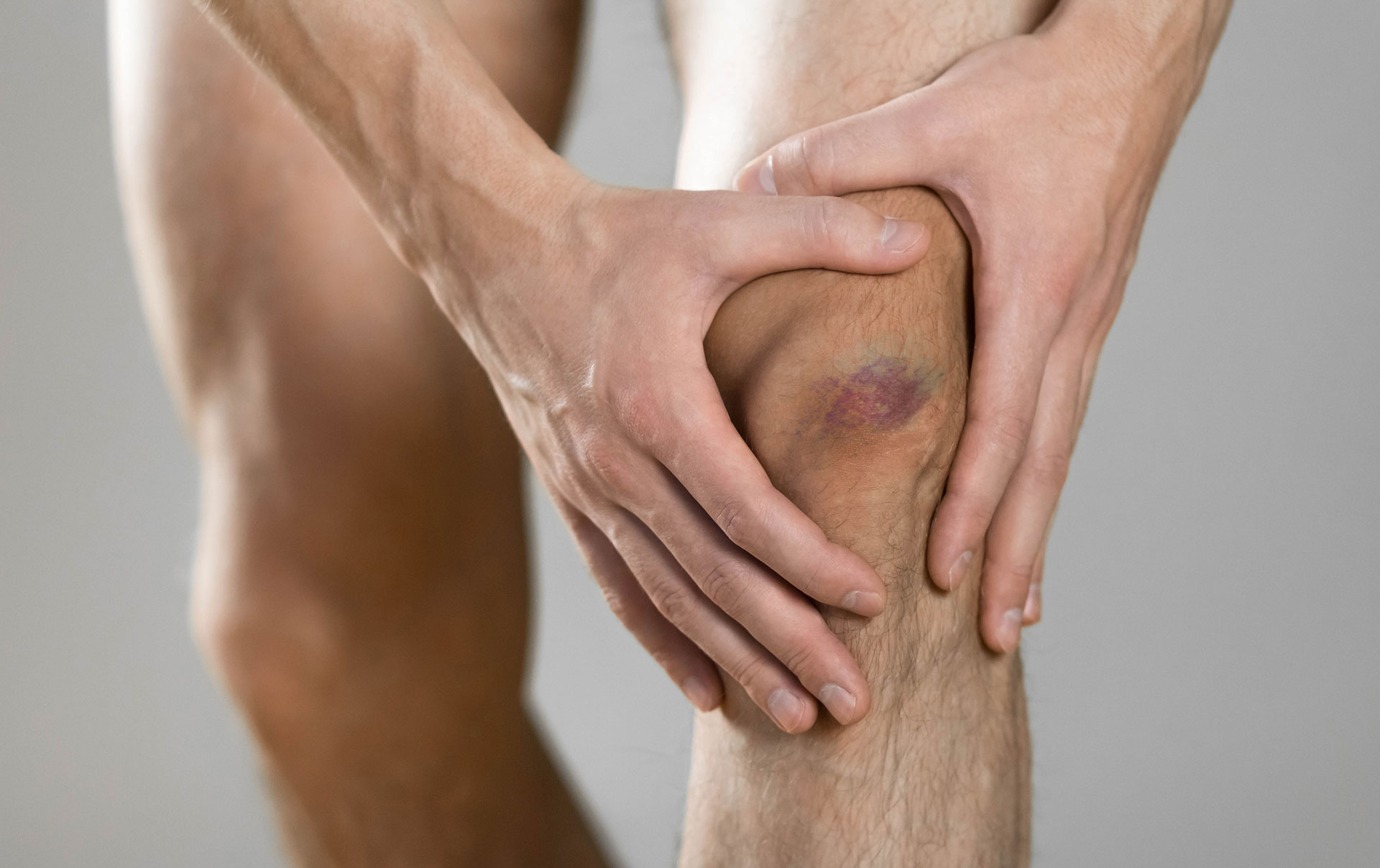
Leg Discoloration Specialist
Premier Vein & Vascular
Vascular and Endovascular Surgery located in Tampa, FL & Largo, FL
Leg discoloration could be the sign of varicose veins, spider veins, peripheral arterial disease, or another blood vessel disorder. At Premier Vein & Vascular in Tampa and Largo, Florida, Nestor Guerrero, ARNP-C and the expert team offer vascular and endovascular treatments for leg discoloration and its underlying cause. Schedule an appointment at the nearest office by phone or online today to learn more about your options.
Leg Discoloration Q & A
Leg discoloration can result from a vein disorder, causing parts of your leg to change color. Vein problems associated with leg discoloration include:
- Spider veins
- Varicose veins
- Peripheral arterial disease (PAD)
- Chronic venous insufficiency
- Deep vein thrombosis (DVT)
- Other vein disorders
Some causes of leg discoloration, such as spider veins, might simply be a nuisance, while others can indicate a serious blood vessel disorder requiring treatment. At the first sign of leg discoloration, visit Premier Vein & Vascular for an evaluation.
Symptoms of leg discoloration include redness, blue, purple, or red veins, a brownish or purplish bruise, or other color changes in your legs. Some vein problems can cause leg pain, aching, cramping, numbness, coldness, sores, or weakness.
Anyone can experience leg discoloration, but certain factors increase your risk. Examples include:
- Family history of vein disorders
- Older age
- Poor dietary habits
- Obesity
- An inactive lifestyle
- High blood pressure
- High cholesterol
- Diabetes
- Smoking
- Heart or blood vessel problems
- Blood clots
- Standing or sitting for long periods
Adopting healthy lifestyle habits is the best way to prevent vein problems. Ulcers, blood clots, heart attack, or stroke are complications associated with some underlying causes of leg discoloration. That’s why prompt diagnosis and treatment are important.
To determine the cause of leg discoloration, your Premier Vein & Vascular provider reviews your symptoms, discusses your medical history, and completes a physical exam. They might use blood tests, ultrasound, angiography, other imaging procedures, or the ankle-brachial index (ABI) to diagnose your condition and establish a treatment plan.
The numerous vascular and endovascular treatments available at Premier Vein & Vascular include:
Medications
Medications can reduce high cholesterol, high blood pressure, and high blood sugar, as well as unpleasant symptoms and your risk of blood clots.
Compression stockings
Wearing compression stockings can improve blood circulation and reduce discoloration, spider and varicose veins, and swelling in your legs.
Sclerotherapy
During sclerotherapy, your provider at Premier Vein & Vascular injects a special solution into visible veins to close them, allowing blood to reroute to healthier veins. Your provider might use ultrasound for better precision and accuracy during sclerotherapy.
Microphlebectomy
Microphlebectomy is a minimally invasive procedure in which your provider makes tiny incisions in your leg to remove larger varicose or spider veins.
Ablation
Ablation uses laser or radiofrequency energy to eliminate troublesome veins without incisions or needles.
Surgical procedures
Minor surgical procedures, such as angioplasty with stent placement or bypass surgery, can open narrowed or blocked arteries.
Don’t let the cause of leg discoloration go undiagnosed and untreated, as it could indicate a serious medical problem. Schedule an appointment with Premier Vein & Vascular by phone or online today.

